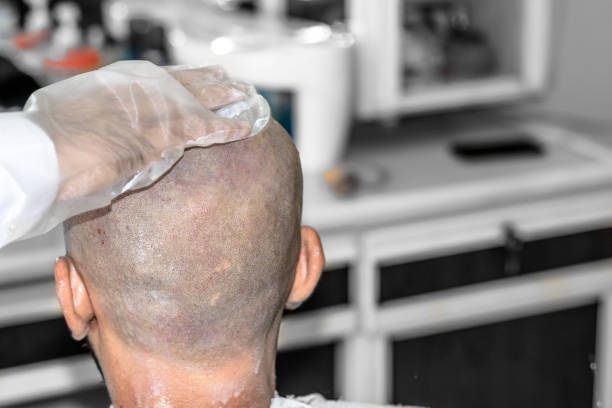Introduction
Hair loss is a common concern affecting millions worldwide. While various treatments exist, hair transplant surgery has emerged as a highly effective and permanent solution for restoring hair growth. This comprehensive guide will delve into the intricacies of hair transplant surgery, exploring the techniques employed, the expected results, and the factors to consider when choosing this procedure.

Hair transplantation involves extracting hair follicles from a donor area, typically the back or sides of the head, and transplanting them to the recipient area affected by hair loss. This meticulous process aims to recreate a natural-looking hairline and restore hair density.
Understanding Hair Transplant Techniques
Follicular Unit Transplantation (FUT)
FUT, also known as strip harvesting, is a traditional hair transplant technique that involves removing a strip of scalp from the donor area. The skilled surgical team then dissects the strip into individual follicular units containing one to four hairs. These units are carefully transplanted into the recipient area.
Follicular Unit Extraction (FUE)
FUE is a more advanced technique that has gained significant popularity. It involves extracting individual follicular units directly from the donor area using a specialized punch device. This minimally invasive approach leaves tiny, circular scars that are virtually undetectable.
Evaluating Hair Transplant Results
Hair transplant surgery offers promising results, with many individuals experiencing significant hair growth and improved self-confidence. It's important to note that results appear gradually. The transplanted hair typically enters a resting phase before new growth begins, which can take several months.
The success of a hair transplant is influenced by factors such as the surgeon's expertise, the patient's hair characteristics, and adherence to post-operative care instructions.





